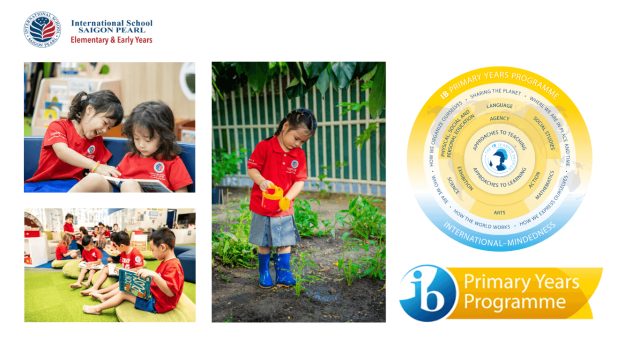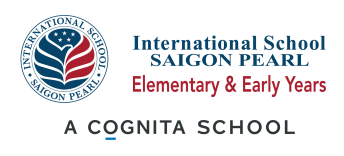Most secondary schools offer one of the following options: Advanced Placement (AP) or International Baccalaureate (IB). AP is regularly alluded to as the American Curriculum. These projects offer university-level coursework to secondary school students on an assortment of subjects. By taking AP and IB tests in secondary school, students can acquire course credits and be excused from introductory courses they’d normally have to take once in college.
Whether a secondary school offers an IB or AP program, or both, may factor into your choice about which school to pick for your kid. Possibly your local government-funded school offers AP classes, yet another school just around the corner offers the IB Diploma Program. In what manner should this factor into your choice about how your youngster ought to spend their secondary school years? Let’s find out below.
What is the IB program?
The IB program started in Geneva in 1968. It is intended to develop students who can function in a globalized society.
When teachers speak “IB programs” at secondary schools, they’re regularly discussing the IB Diploma Program, which is the IB educational plan intended for ages 16–18 — that is, grades 11–12.
Those who wish to achieve an IB diploma must learn across six subjects — language and writing, language acquisition, people and societies, sciences, math, and art — with a “core” consisting of — theory of knowledge (TOK), creativity, activity, service (CAS) and the lastly, an extended essay. Your kid can take IB courses at “standard level” (SL) or “high level” (HL). To get the IB diploma, three HL courses must be taken.
While one can take a couple IB courses independently, yet IB was created with the goal of being an all-encompassing program.
>> Read more: What is the IB PYP? (International Baccalaureate Primary Years Programme) Benefits of IB PYP for primary students

What are AP classes?
The Advanced Placement program is a U.S.-based program that began during the 1950s, in light of worries that American secondary schools and universities weren’t satisfactorily preparing students for professional life.
It was also a reaction to when alumni of private secondary schools began their studies at Ivy League universities, they began to realize that these first couple years of higher education were redundant.
At first, the goal of the AP program was to keep new students at universities engaged during their first two years on campus by moving them into more relevant coursework — these days, the core tenet of AP is still about letting talented students take more difficult courses.
The AP program is directed by the College Board — the same entity that manages the SATs and PSATs — and has two fundamental missions. To begin with, it challenges students with university-level coursework. Second, it can enable enthusiastic students to gain college credits or skip introduction classes entirely so they can then progress deeper into their major.
Unlike the IB Diploma program, APs are not intended to form a full curriculum. Rather, understudies can browse upwards of 38 courses in seven branches of knowledge — AP Capstone, Arts, English, History and Social Sciences, Math and Computer Science, Sciences, World Languages and Cultures.
Nonetheless, which courses your kid can take by and large relies upon what their secondary school offers, however, it’s possible to self-study for an AP test if the course isn’t available at your child’s school.
>> Read more: List of Best International Schools In Vietnam 2023 – 2024 – 10 Schools
How do Universities Regard the AP Program?
Virtually all U.S. and Canadian universities acknowledge AP scores, as do numerous international colleges. A tool is provided by the College Board to determine whether the university you are considering accepts AP scores or not.
As with IB tests, various universities have unique policies for granting credit or placement dependent upon AP test scores. A student is most likely to acquire one-to-one credits at public universities or mid-level private universities, and to gain placement or acceleration at an exceptional university (i.e. Ivy League).
There are two huge ways students can profit by AP courses: to exhibit their drive to top-level schools, or to gain course credit, graduate early, and avoid debt at a mid-level or government-funded school.
To summarize, here are the differences between the two programs.
AP Program:
- AP courses are more widespread than IB courses.
- It’s more affordable to take an AP test than an IB test.
- Students can take AP tests without having to be enrolled in an AP class, while in order to take an IB test, a student has to be enrolled in the subsequent IB course/program.
- Unlike the IB program, AP is not an all-encompassing curriculum. This permits students to concentrate on classes in subjects in which the student in question excels at.
>> Read more: Introduction To The American Educational Curriculum
IB Program:
- The IB curriculum is focused on critical thinking and writing across a variety of disciplines. These skills are extremely useful for students who wish to continue their studies at university.
- IB tests center around essays as opposed to multiple-choice tests; the 4,000-word “extended essay” that is required by the IB Diploma Program also trains students in extensive writing and argumentation.
- The IB program emulates the same philosophies that numerous students will experience at universities, due to its blend of topics and disciplinary structure.
- The IB Diploma Program can encourage a sense of community among similarly-inspired students: students regularly end up taking many of the same courses.
- With its focus on international education, the program might be perfect for an understudy who’s keen on living or working abroad later in their life. An IB Diploma may make it simpler to apply to Oxford, for example, since understudies with IB capabilities are their second-biggest candidate bunch after A-level understudies.
- IB’s necessity that students complete both a research paper and community service project may enable them to develop their level of maturity much further and learn time management as well.
>> Read more: The curriculum built on IB PYP framework at International Primary School Saigon Pearl

ISSP – one of high quality international schools Ho Chi Minh City currently employs the American curriculum, however, it is very easy to transition between IB and American curriculums. To find out more about this, please contact our admissions team for further assistance.







